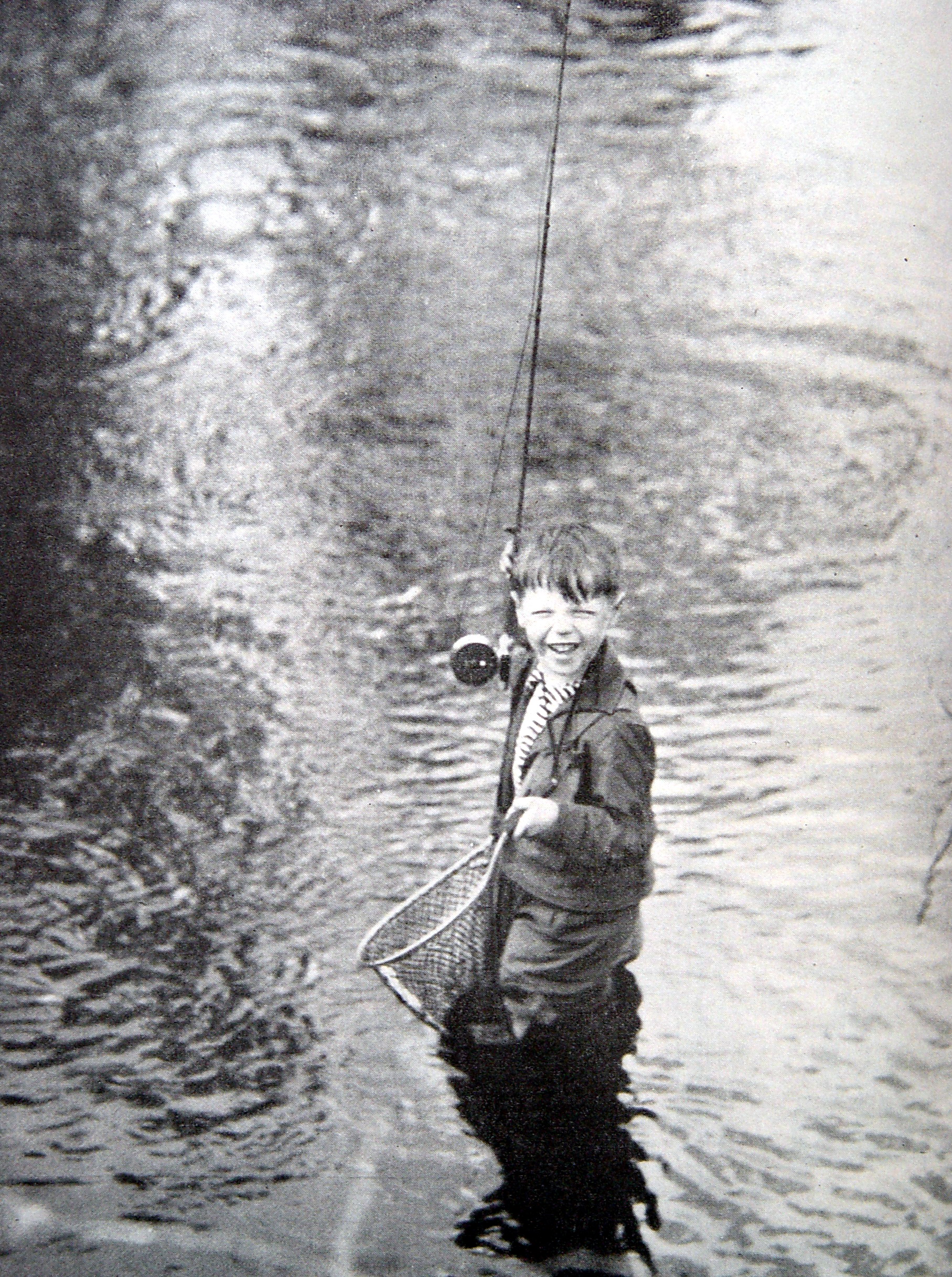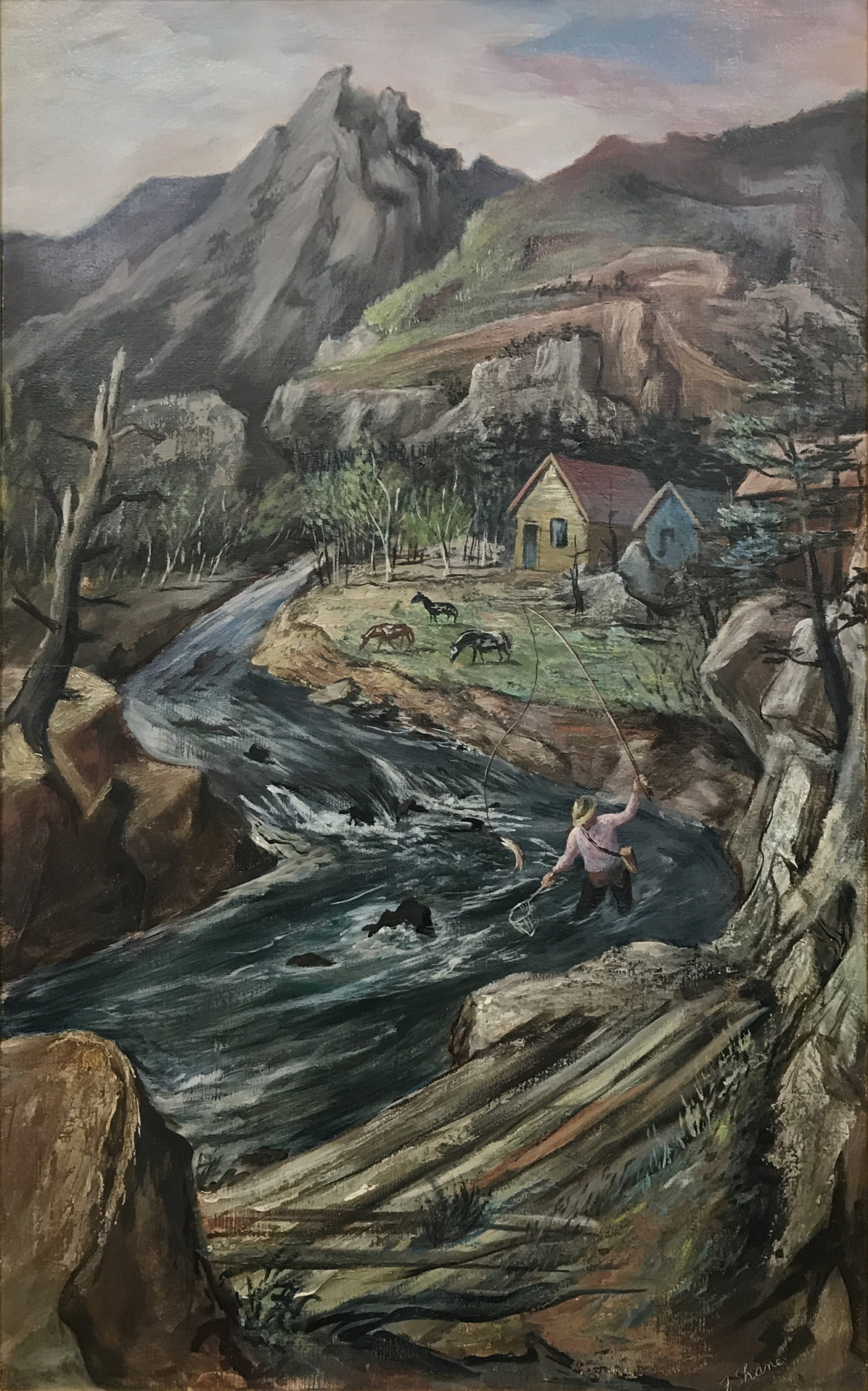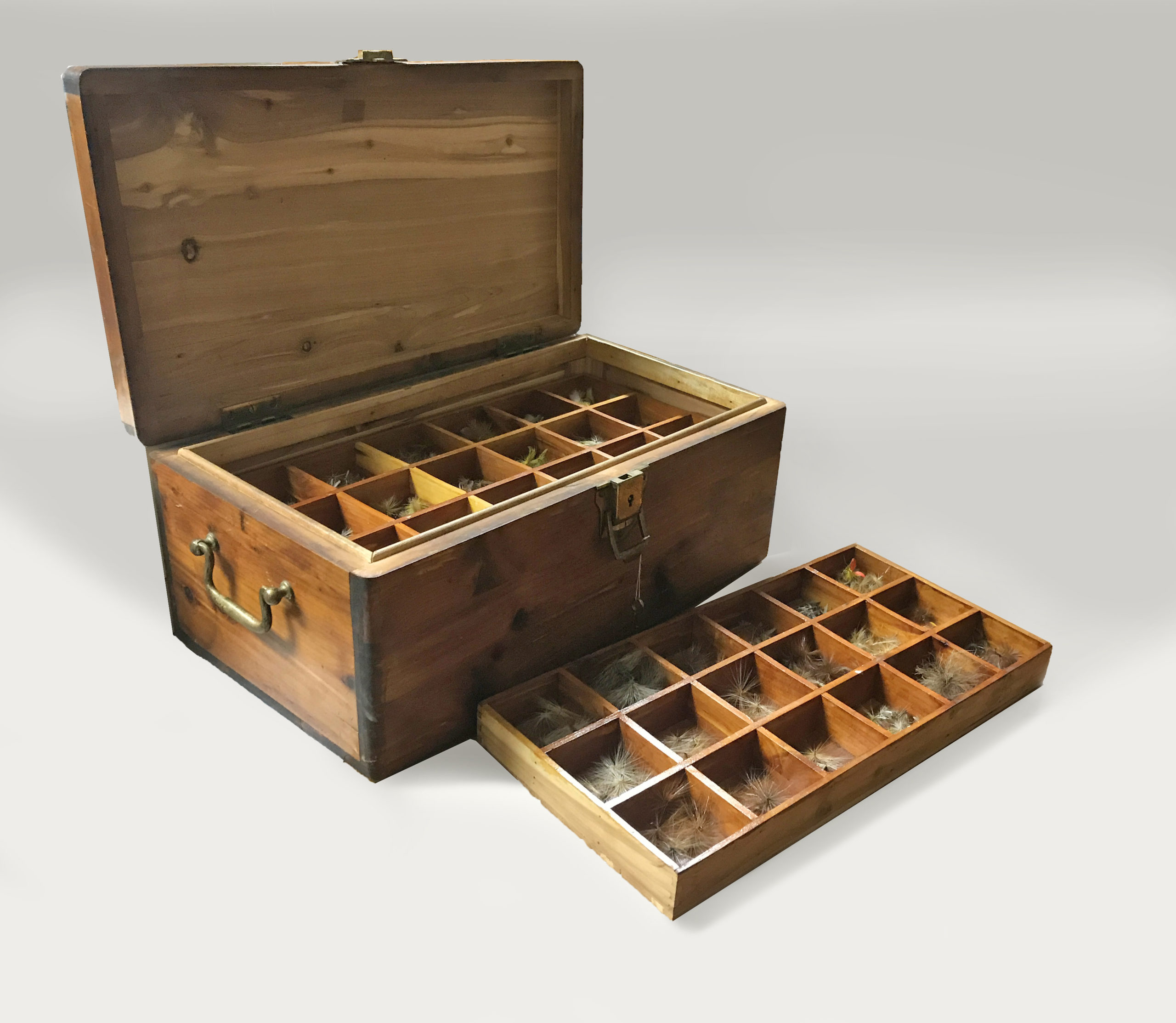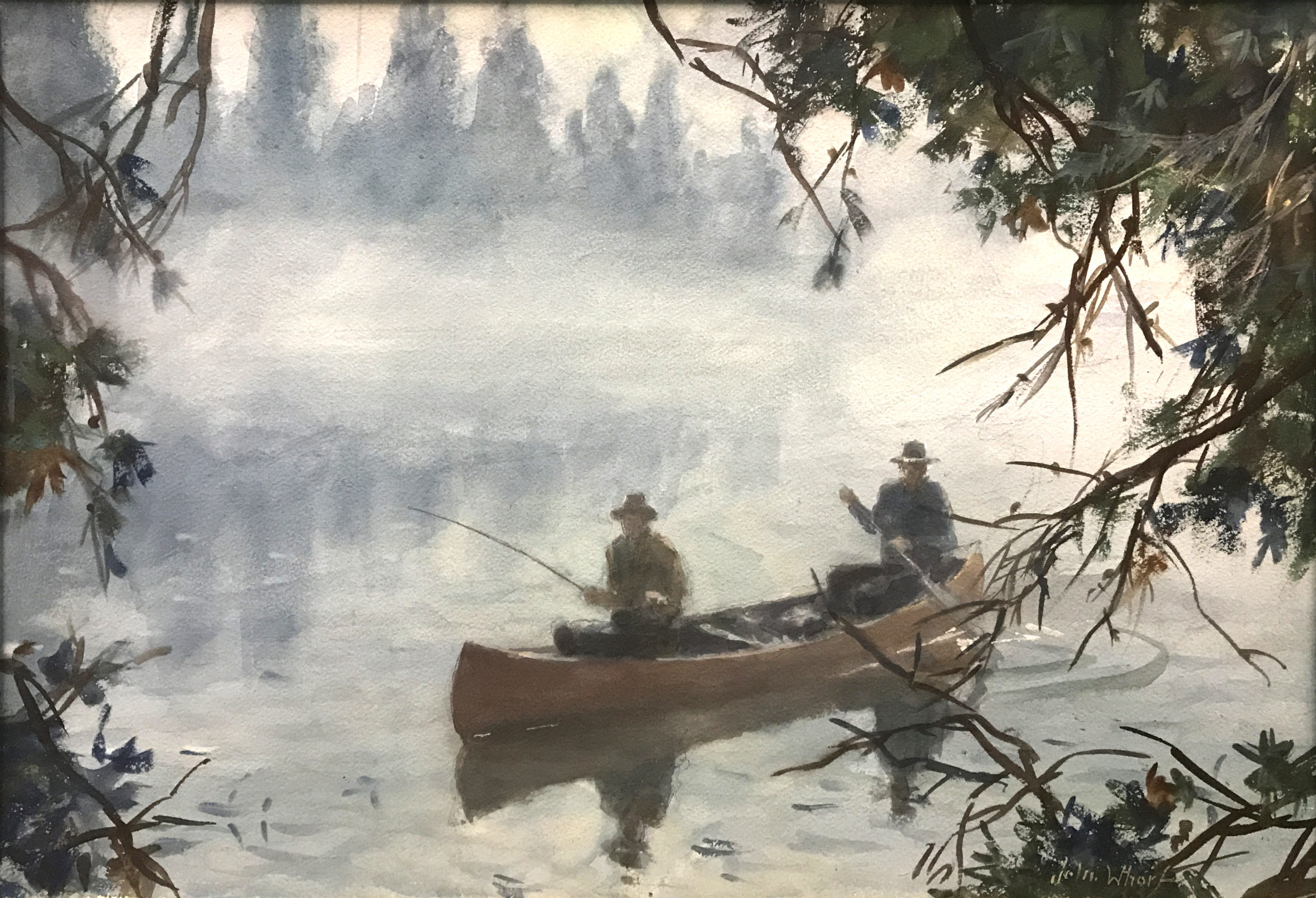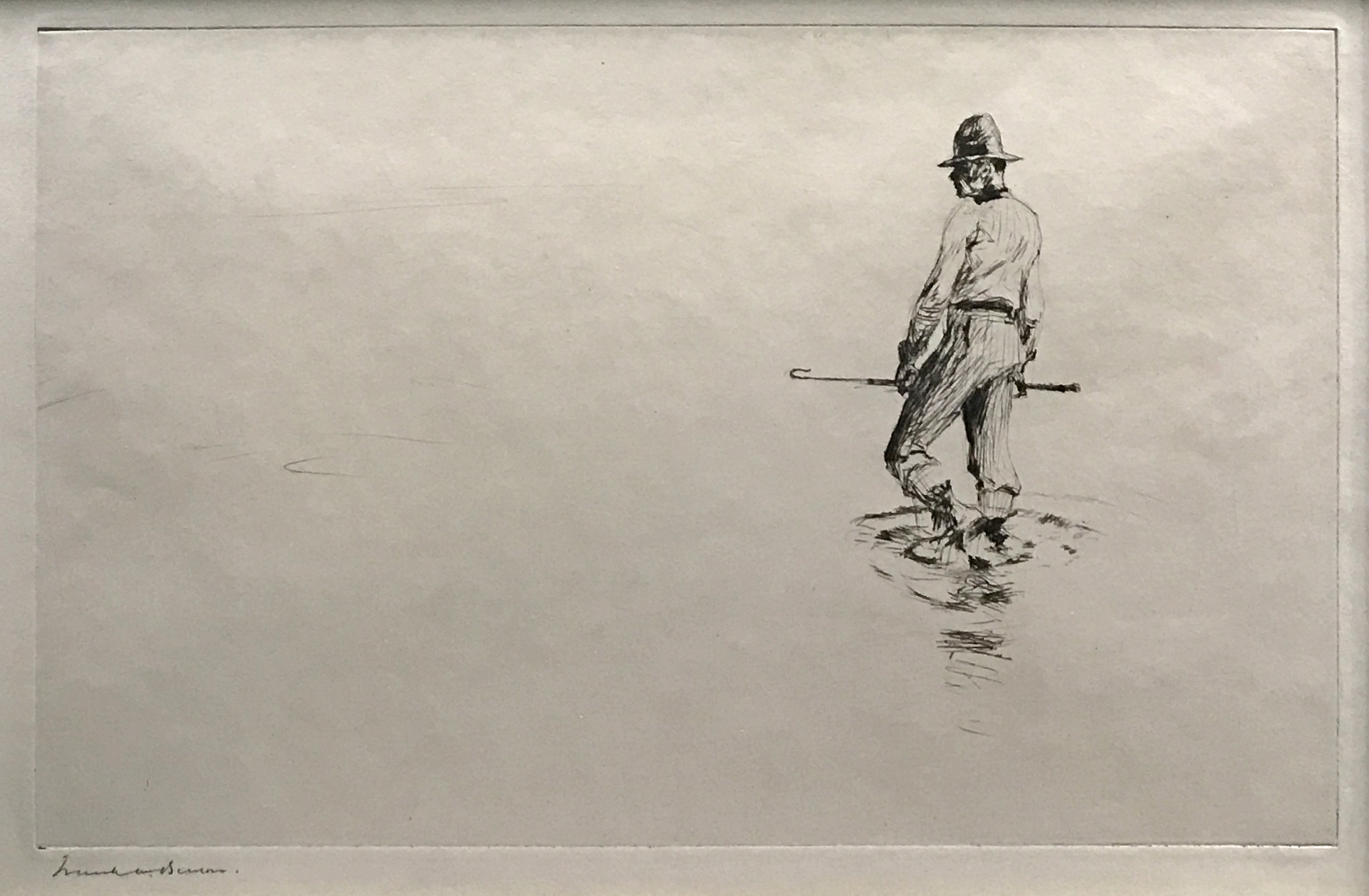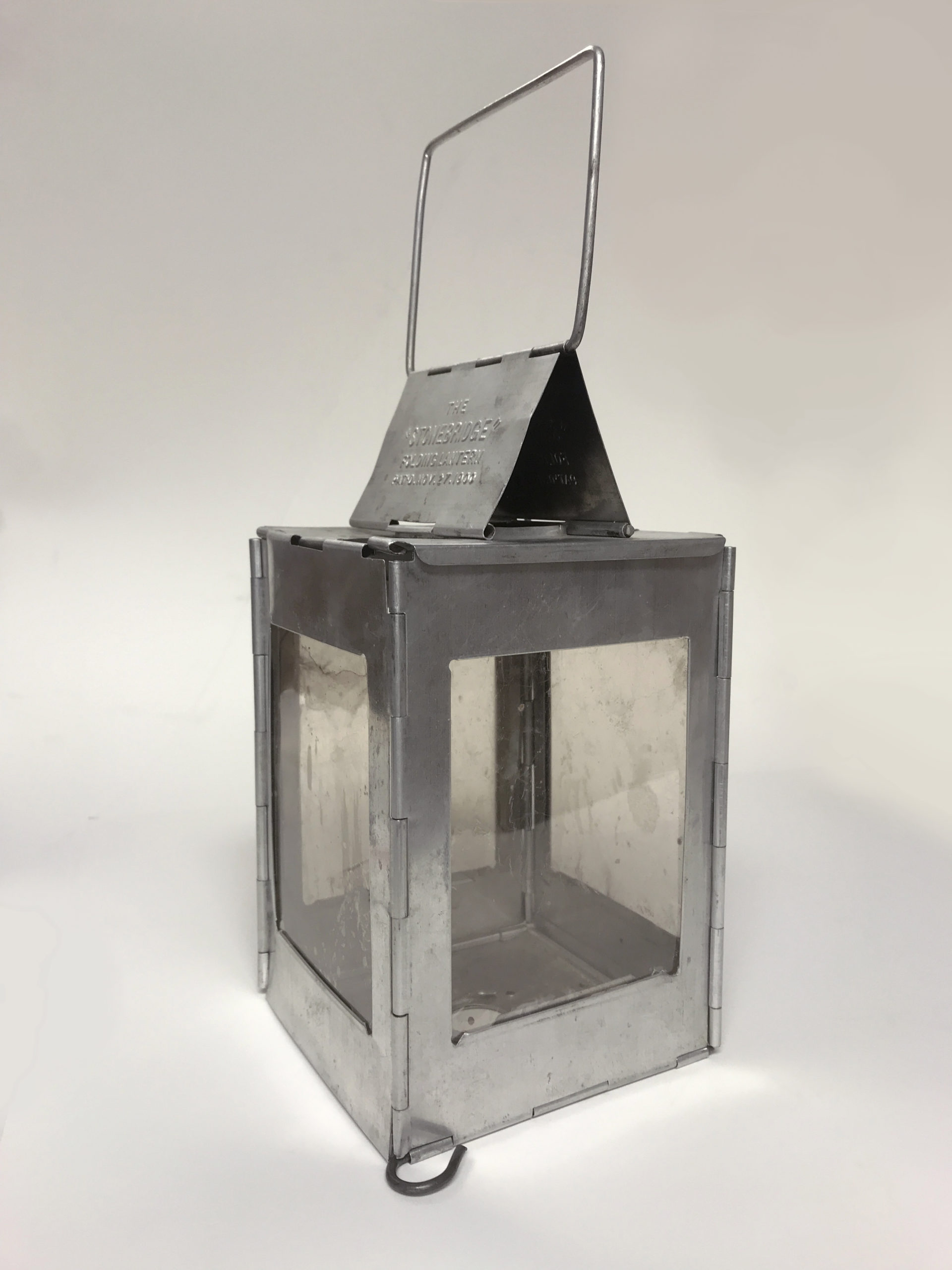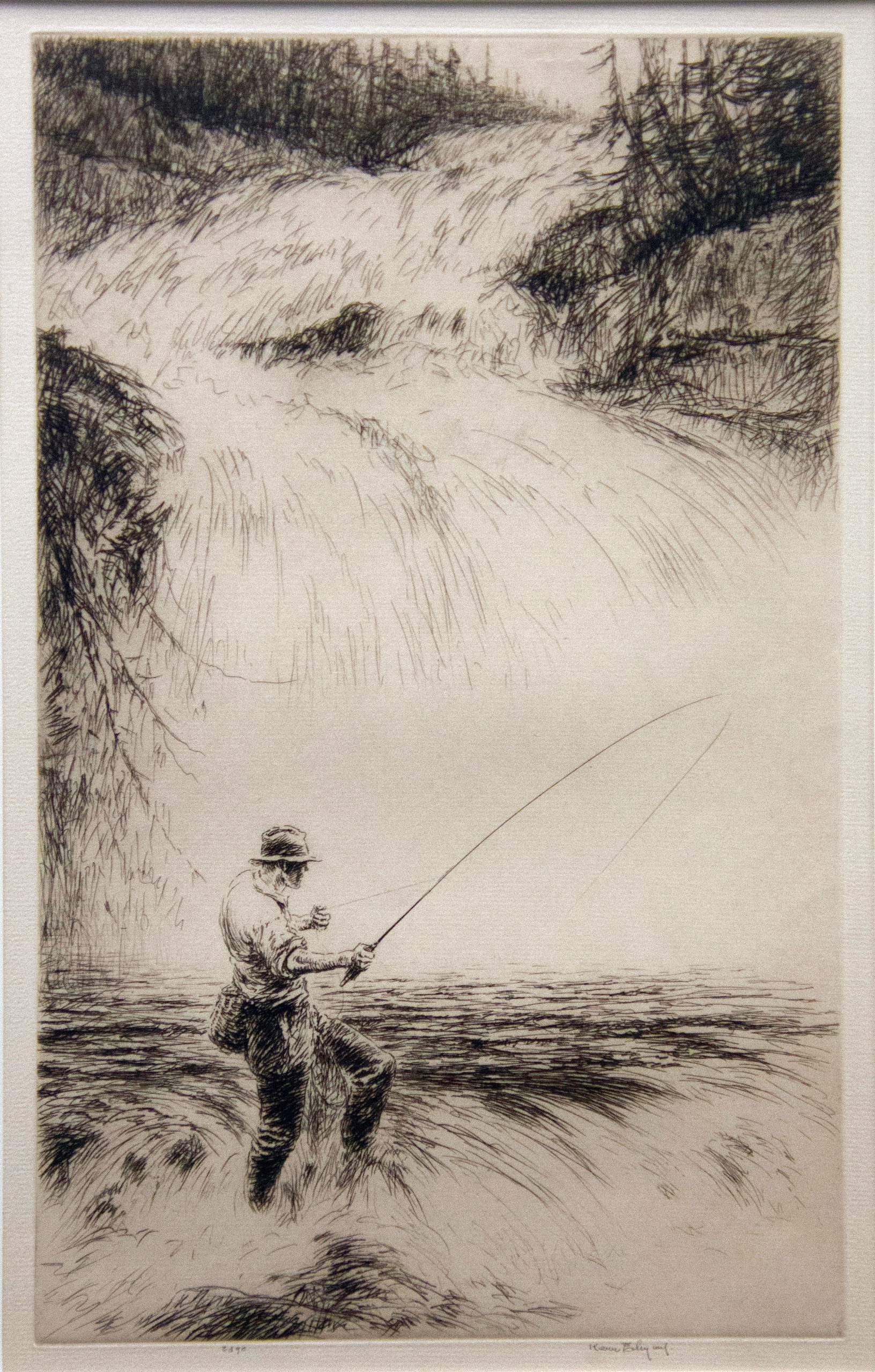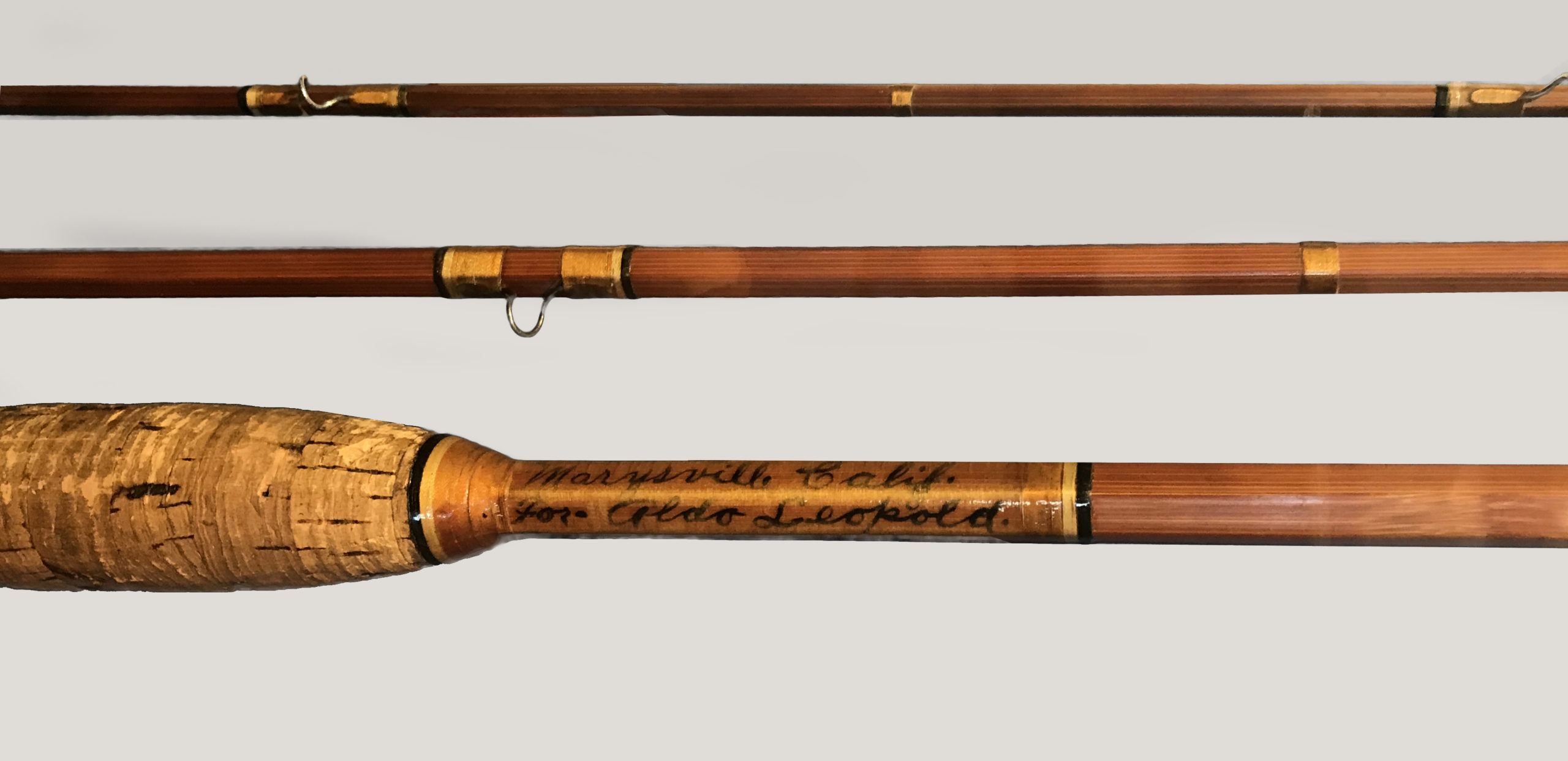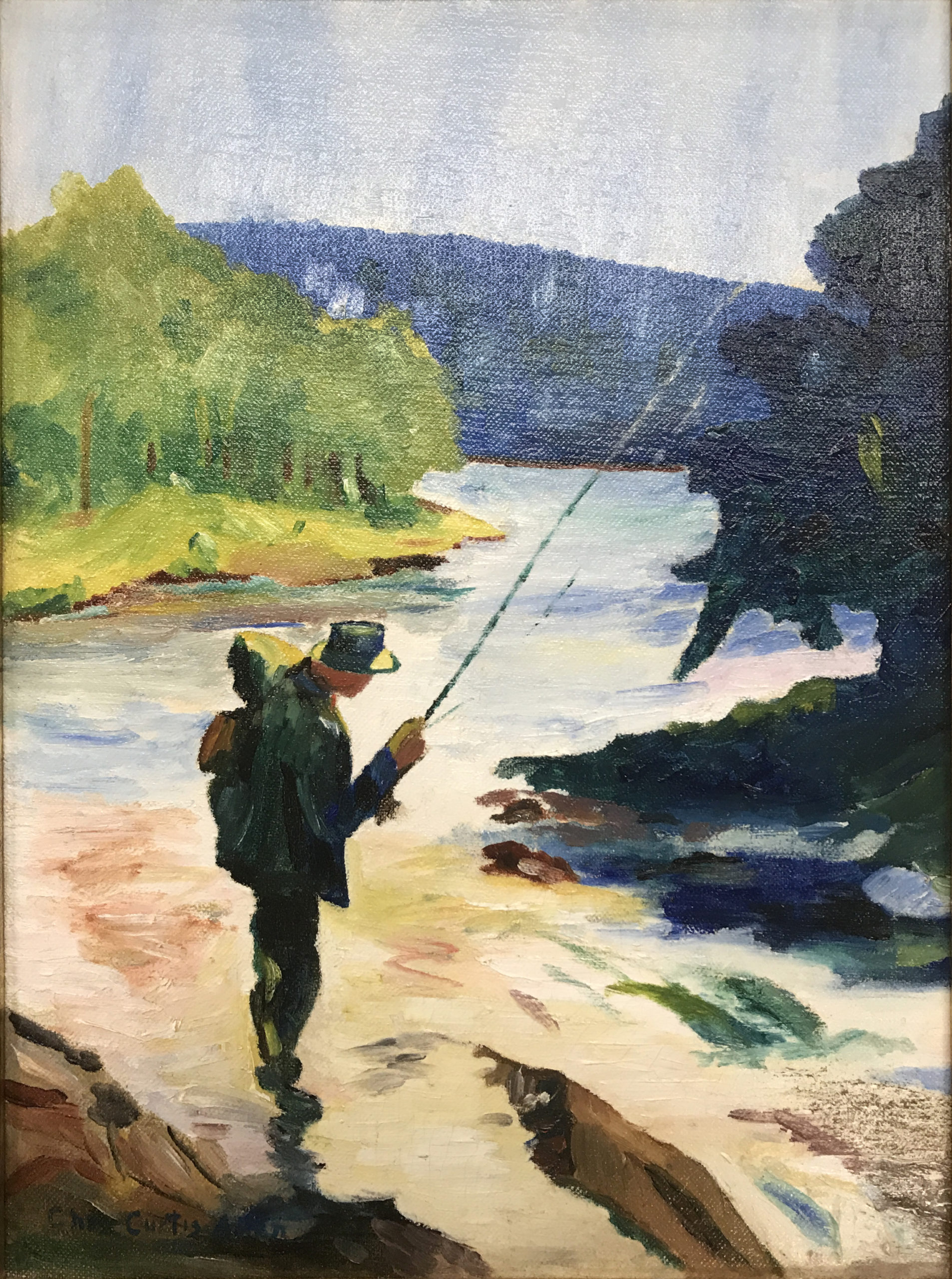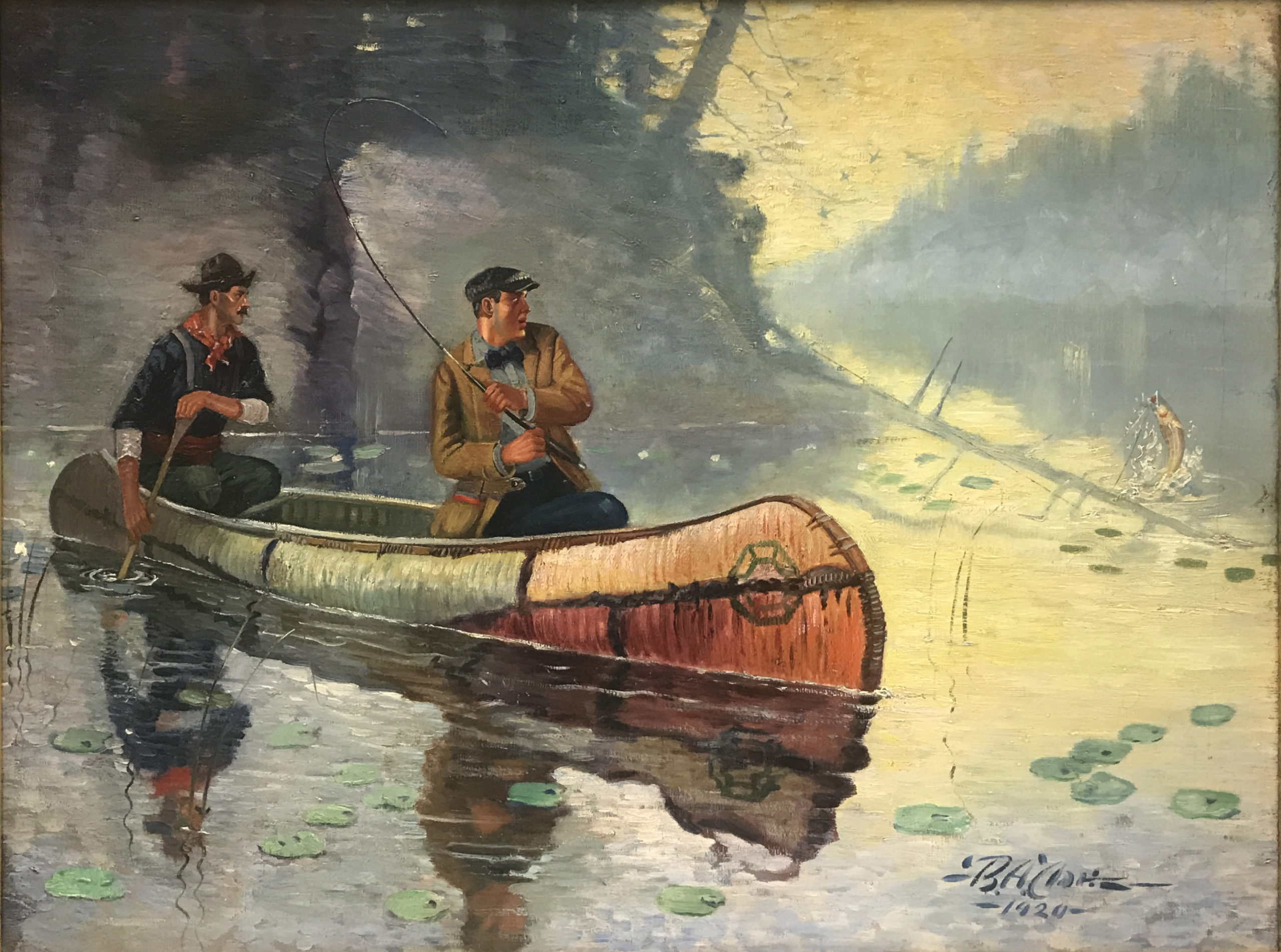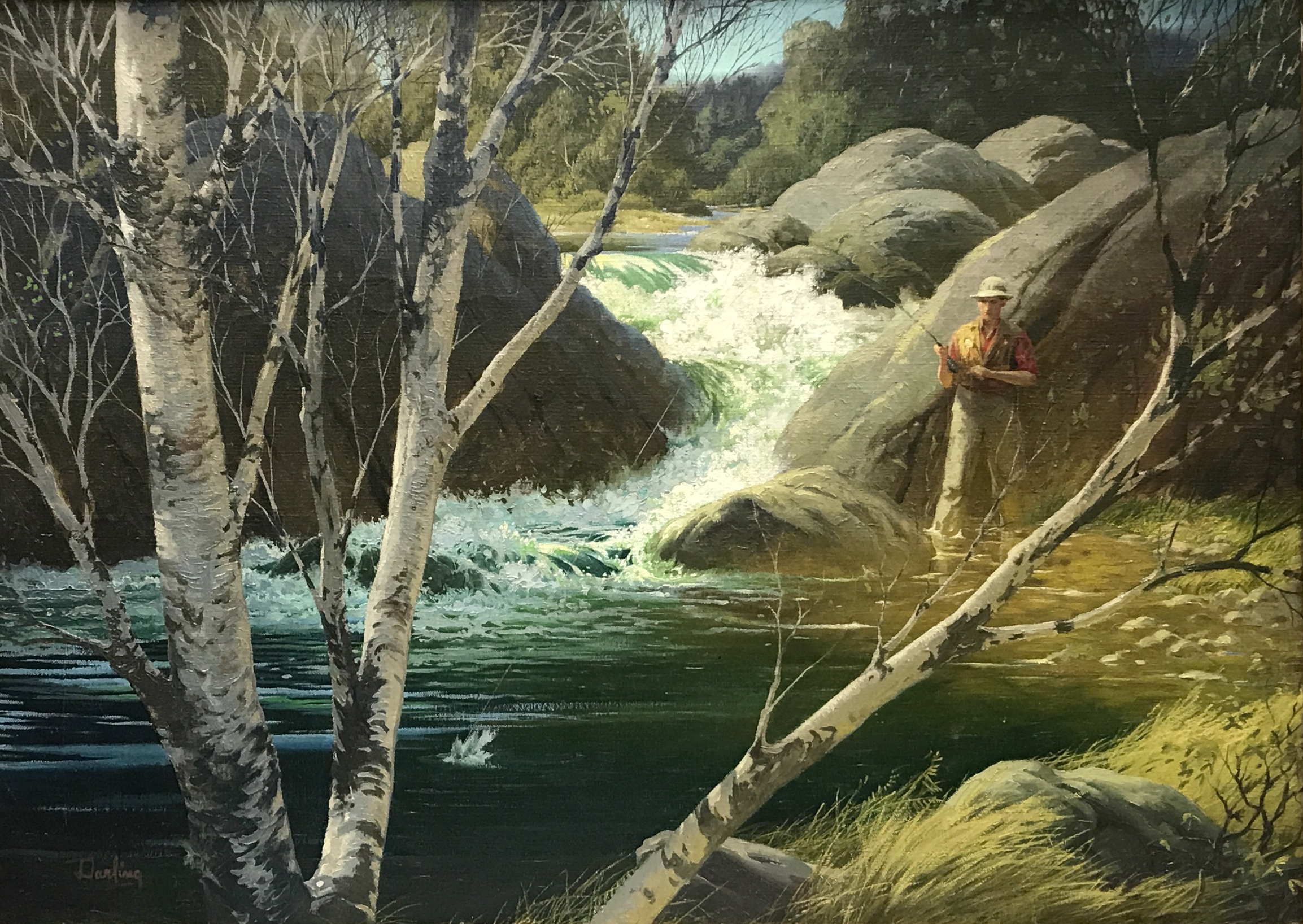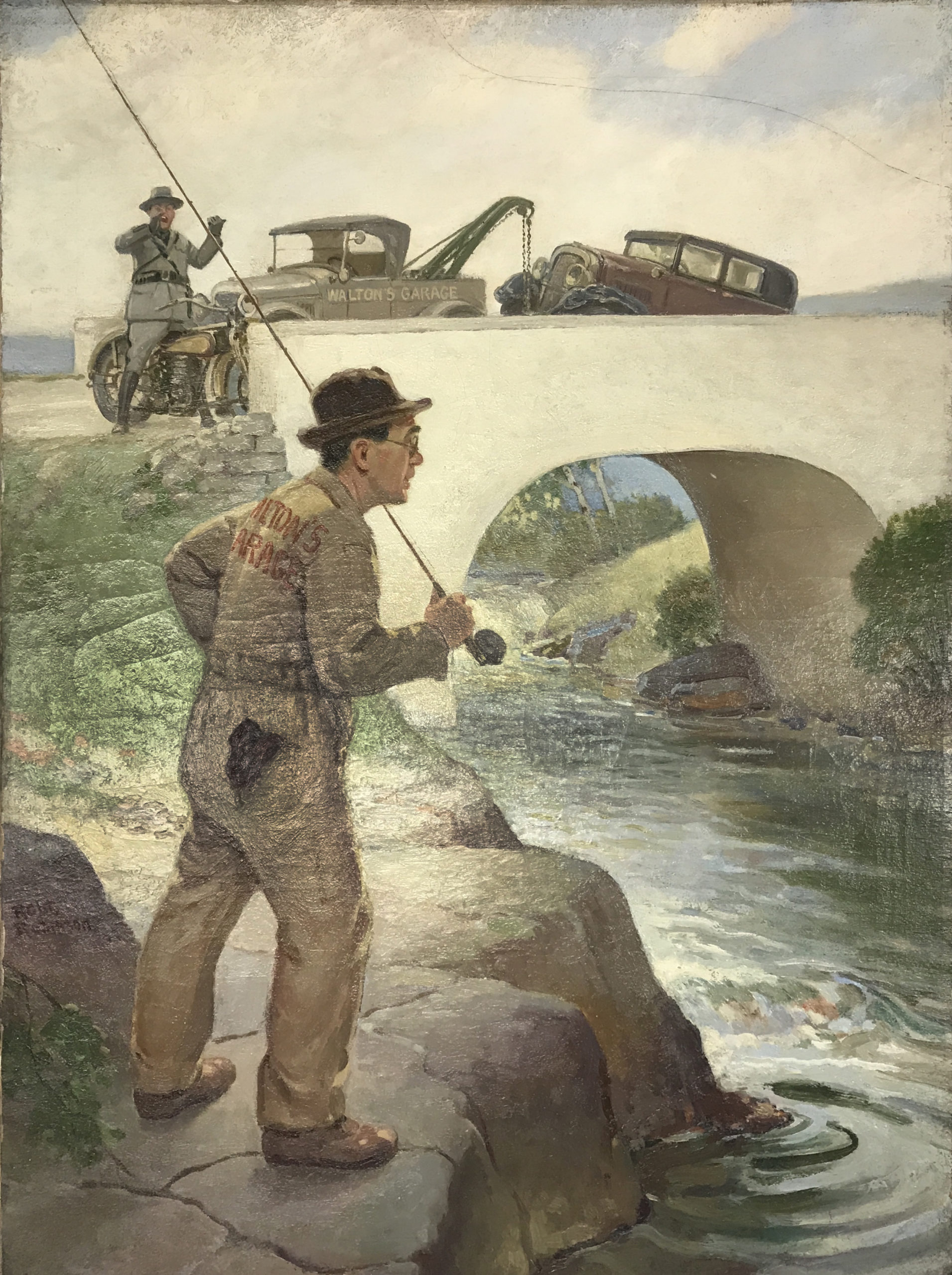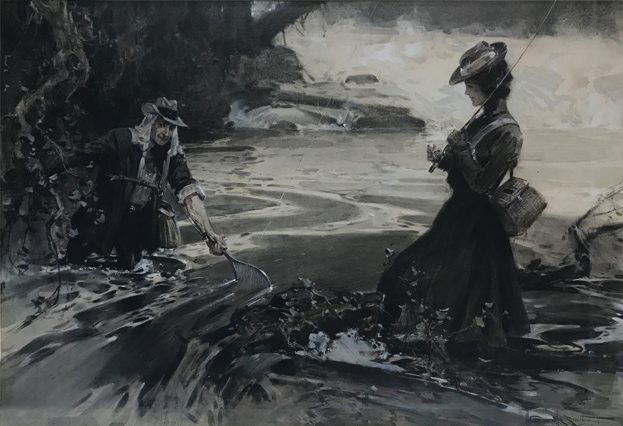Identity in the Early Twentieth Century
Continually we make war upon the wilderness, its people, its creatures; yet, having done so, we covet again the wilderness, yearn for it, depend on it, and ape it even in our clothing. We may abolish the wilderness from the land and from the map, but we cannot abolish it from our blood.
—Emerson Hough, 1905
The early twentieth century was a time of progressive politics fueled by social and environmental activism. Industrialization was well established in American culture with factories that housed massive machinery and assembly-line production. The country saw a boom in automobiles and mass-produced goods, as well as a prosperous consumer culture for middle-class America. However, the success of industrialization led to rapid depletion of natural resources, and hardships for working-class Americans. An increased sense of accountability and personal responsibility grew within society.
Formulating relationships to the natural world had become routine for early-twentieth-century Americans, and angling was an integral part of American culture from coast to coast. Even as the country’s focus was drawn toward industrial power, Americans had come to identify with the nation’s vast wilderness and countryside. This contrast was magnified throughout the early twentieth century. Fueled by the demand on resources during World War I and a strained American economy during the Great Depression, rural communities that had been central in the efforts for restoring America during the nineteenth century were struggling, revealing a growing disconnect between the ideals of modernization and America’s natural roots.
Early-twentieth-century images of the angler in the landscape transcribe humanity’s growing cognizance of nature’s value and the depths at which the rural landscape tugged on feelings of identity. Finding influence from both traditional and avant-garde movements that were gaining momentum at the time, sporting art took on a more expressive and social tone. Through the exploration of perspective, light, line, color, and subject matter, artists created compelling images that may hold the answer to this question: Who is the angler?


